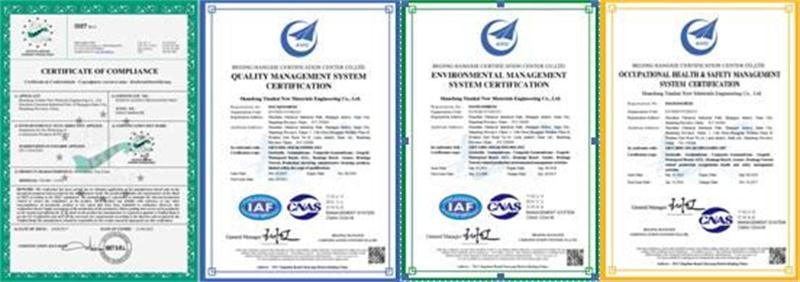The research group led by Ren Tianling, a professor of microelectronics and electronics at Tsinghua University, recently produced a new type of luminescent material from two different forms of graphene. For the first time, it was demonstrated in a graphene-based light-emitting system that only one LED can be used for adjustment. Different colors of light cover almost all colors of the visible spectrum. The color and wavelength of the light emitting diodes (LEDs) are determined by the luminescent material. Once the preparation is completed, the two properties are determined. So far, the idea of ​​using a single LED to change the color of a light is difficult to achieve. The color-tunable graphene LED developed by Ren Tianling's research team covers red light from a wavelength of 450 nanometers to a wavelength of 750 nanometers, except for dark blue and violet. The key material for realizing adjustable color LEDs is graphene. From solar cells to semiconductors, graphene has made some achievements as an emerging material, but LED lamps made with this material have not achieved color adjustment until this time. Researchers will make this a reality. In the conventional display or lighting technology, the existing LED device represents color or synthetic white light by adjusting the brightness of the three primary color light emitting units of fixed red, green, and blue. This breakthrough research achievement, while achieving color fidelity, can also significantly reduce the number of light-emitting units in the display device, thereby greatly optimizing the circuit and reducing power consumption. According to a recent report from the news network of Tsinghua University, this new type of LED breaks through the color synthesis method of existing display devices and is expected to have a revolutionary impact on display screens, lighting fixtures and communication technologies. As the color of light changes with specific chemicals, such devices may also be used to prepare special sensors. The reviewers commented: "This work is expected to open up new research directions in the field of light-emitting devices." "This work is exciting and influential." The research results were published online in Nature Communications. Wang Xiaomu, a postdoctoral fellow at Yale University, and Tian Hao, a doctoral graduate in microelectronics and electronics at Tsinghua University, are the co-first authors of the thesis.
ISO standard reinforced GCL is a kind of special used for artificial lake water, landfill, underground garage, the roof garden, pool, oil and chemical storage area such as seepage prevention of geosynthetic materials, it is made of high dilatability of sodium base bentonite filling between the special composite Geotextile and non-woven fabric, with acupuncture law into bentonite seepage control pad can form many small fiber space, is bentonite particles can not be like a direction, when under the influence of water within the mat forming uniform density of colloidal membrane, prevent the leakage of water.
Usage:
Features: Powder Waterproof Blanket,Gcl Water-Proof Blanket,Waterproofing Waterproof Blanket,Api Waterproof Blanket Shandong Tianhai New Materials Engineering Co., Ltd , https://www.chinatinhy.com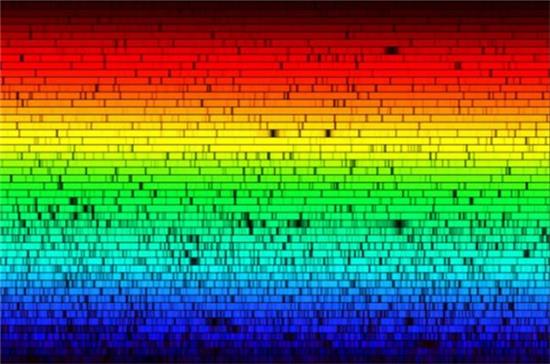
New graphene material LED covers almost the entire visible spectrum 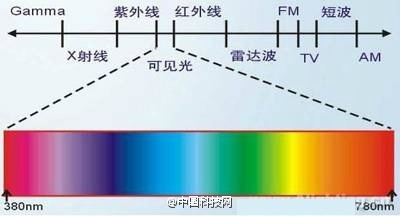
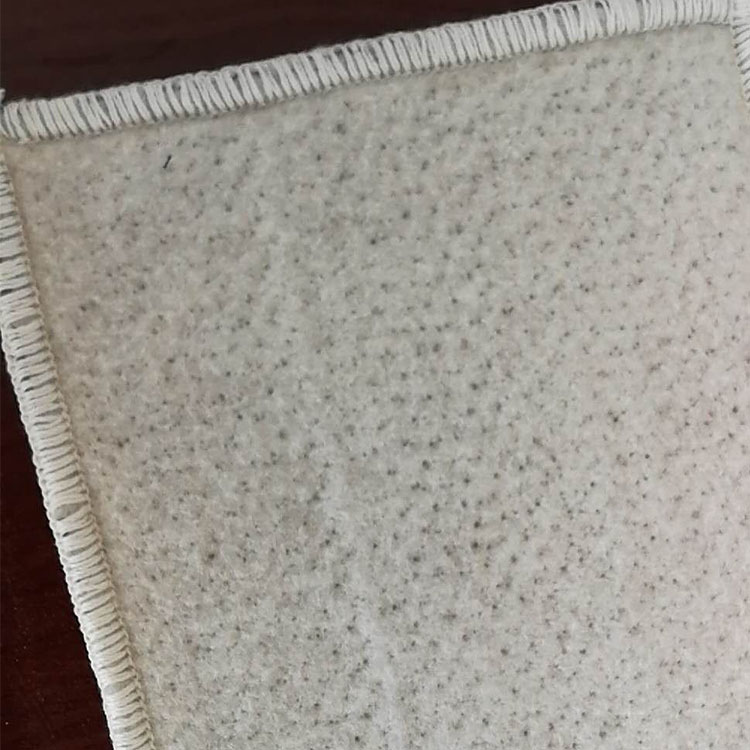
It is used to prevent water leakages in areas of artificial lakes, waste disposal fields, underground garage, top building gardens, reservoirs, oil warehouses, and chemicals accumulating fields.
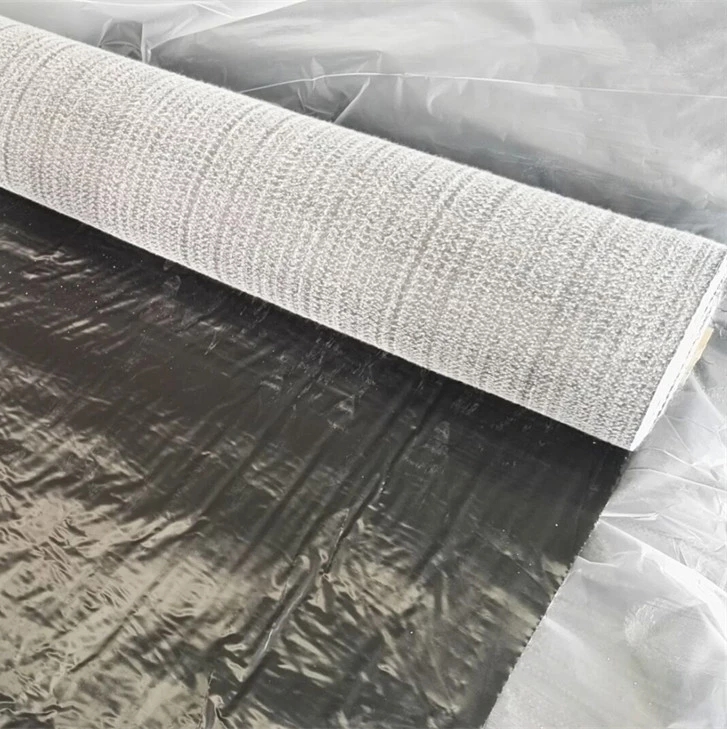
1. Improved leakage performance
2. Permanent waterproof performance
3. Simple construction and short time limit for a project.
4. Not influenced by air temperature.
5. A kind of green material and good to environmental protection.
6. More versatile than compacted clay
7. Increased airspace and liner efficiency
